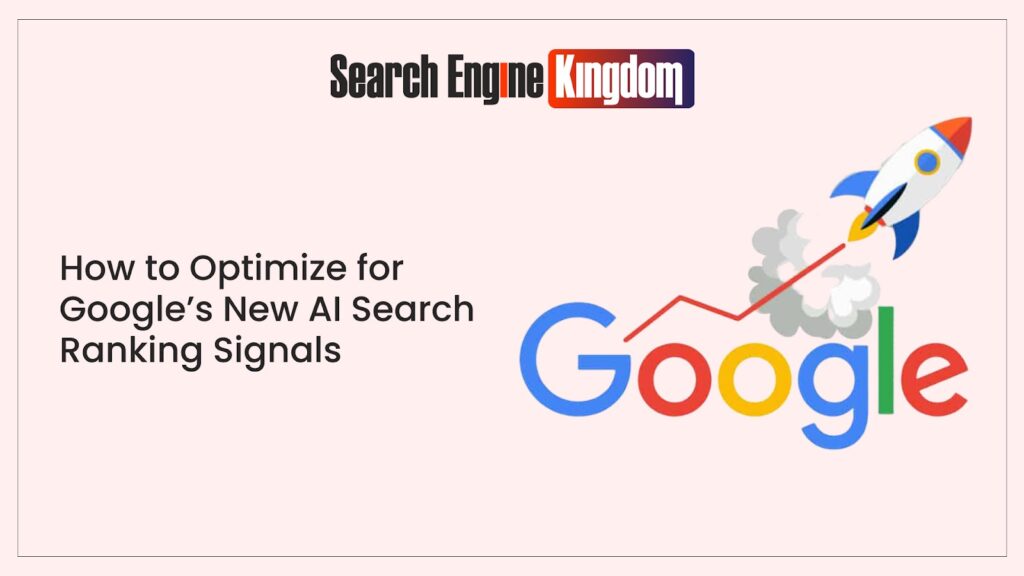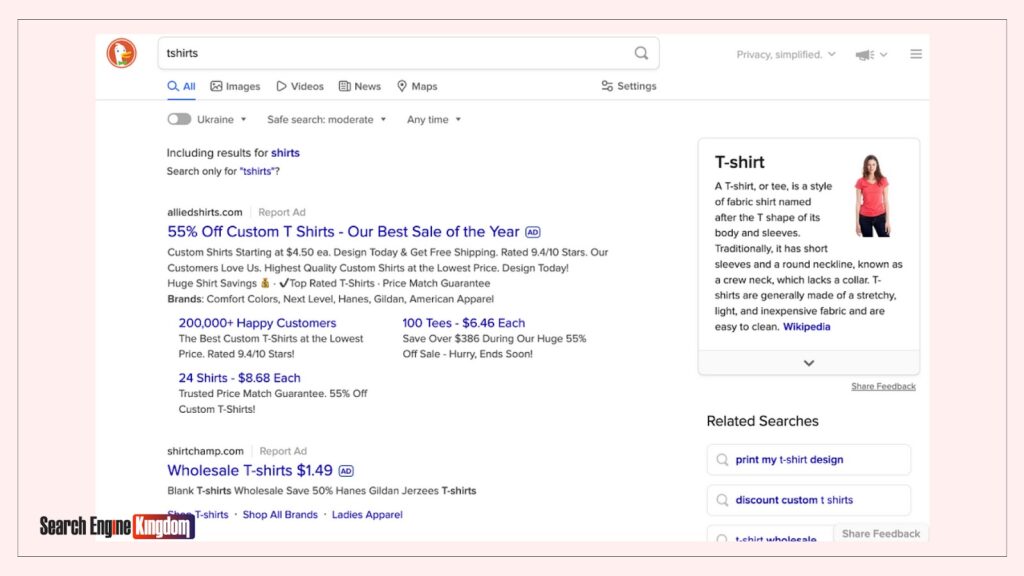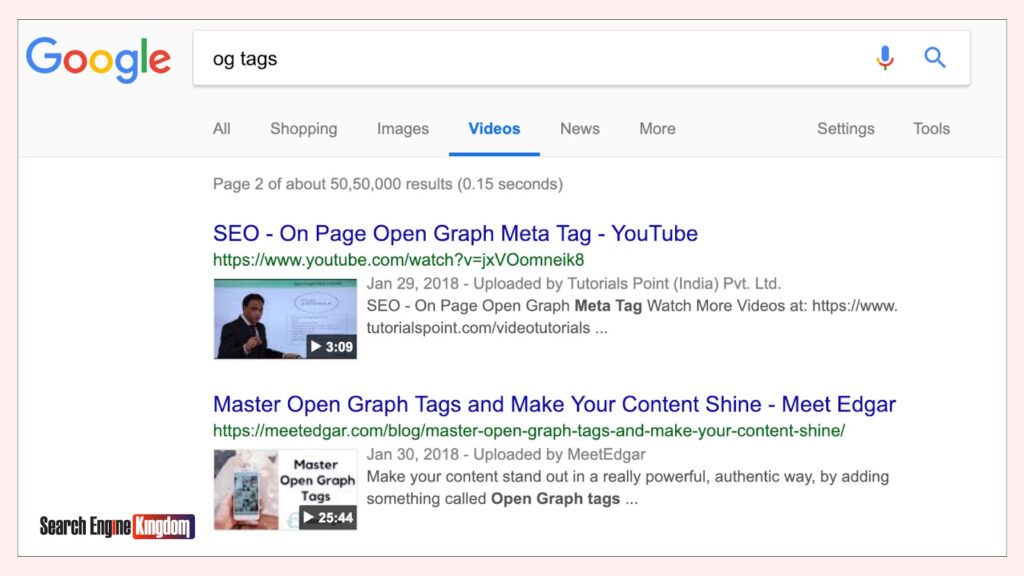
Google is constantly evolving its search algorithms to better understand user intent, and 2025 is shaping up to be a year where Google ranking signals take center stage. AI-driven updates like BERT, RankBrain, and MUM are changing how Google ranks content, focusing more on natural language, context, and user experience. So, how can you optimize your website to keep up with these changes? Let’s dive in!
What Are Google’s New AI Search Ranking Signals?
Google’s AI systems, including BERT, RankBrain, and MUM, work together to improve how search results match users’ needs. Here’s a quick breakdown:

- BERT (Bidirectional Encoder Representations from Transformers)
BERT helps Google understand the context of words in search queries. It’s especially powerful for natural language processing, helping Google match search results with the true intent behind user queries.
- RankBrain
RankBrain uses machine learning to understand the relationships between words and phrases, focusing on user intent. It learns from previous search behavior to predict what content will best answer a user’s question.
- MUM (Multitask Unified Model)
Google’s latest AI innovation, MUM is designed to understand complex queries and return richer, more comprehensive results. It’s capable of processing multimodal information, including text, images, and video, making it a powerful tool for improving search result accuracy.
These AI advancements allow Google to better interpret what people are actually looking for, which means it’s no longer enough to simply match keywords. Your content needs to provide real value.
How to Optimize for AI Ranking Signals
So, what does this mean for your SEO strategy? Here’s how you can adapt to Google’s new AI signals and make sure your content stays visible.
1. Understand and Answer User Intent
Google’s AI is designed to figure out what the user truly wants behind a search query. This means your content should aim to directly answer questions, solve problems, or provide detailed information on a topic.
Actionable Tip:
Think about the questions people in your target audience are asking. Use tools like Google’s “People Also Ask” and search query data to guide your content creation. Don’t just focus on keywords; aim to answer the question as comprehensively as possible.
2. Create Content That’s Natural and Valuable

With AI advancements like BERT, Google is getting better at understanding how people speak and how context affects meaning. So, stuffing your content with keywords won’t work anymore. Instead, aim for natural, informative writing that flows smoothly and provides real value.
Actionable Tip:
Write for your audience first, not the algorithm. Create in-depth, well-researched content that naturally addresses your users’ needs. Avoid keyword overuse—your content should focus on delivering value and answering questions clearly.
3. Focus on Mobile Optimization and User Experience
Google’s AI considers user experience when ranking content, with an emphasis on page speed and mobile-friendliness. With more users browsing on mobile, a seamless experience is crucial to ranking well.

Actionable Tip:
Check your site’s performance using tools like Google PageSpeed Insights and Mobile-Friendly Test. Ensure your site loads quickly, is responsive, and offers a smooth, engaging experience on all devices.
4. Use Structured Data (Schema Markup)
Google’s AI relies on structured data to better understand the context of your content. By using schema markup, you help Google interpret your content more accurately, which can improve visibility in search results.

Actionable Tip:
Add schema markup to your content where appropriate, whether it’s for articles, products, or reviews. This makes it easier for Google to understand and display your content in rich snippets or other enhanced search features.
5. Optimize for Voice Search and Conversational Queries
With the rise of voice assistants, conversational queries are becoming more common. Google’s AI is designed to process these natural language searches, so it’s important to align your content with how people speak.

Actionable Tip:
Optimize for long-tail, question-based queries that mirror how people phrase their voice search questions. For example, instead of just targeting “best shoes,” target questions like “What are the best shoes for running?”
6. Leverage Video and Visual Content
Google’s MUM algorithm is capable of processing different types of media, including text, images, and video. This means multimedia content can now help your website rank better, especially for more complex search queries.

Actionable Tip:
Create high-quality video and visual content to complement your written articles. Optimize videos with clear titles, descriptions, and tags. Make sure your visuals are relevant and help answer the user’s question.
Keep Your SEO Strategy Flexible
The landscape of SEO is shifting, and Google ranking signals will play an increasingly important role. To stay ahead of the curve, it’s essential to stay adaptable. Keep an eye on Google’s updates, track changes in search behavior, and be ready to tweak your strategy
Conclusion
Optimizing for Google ranking signals isn’t about gaming the system—it’s about creating content that aligns with Google’s goal of delivering the best possible results to users. Focus on understanding user intent, improving the user experience, and producing high-quality content that answers questions thoroughly. By embracing AI-driven SEO, you’ll ensure your site stays relevant in an ever-evolving search landscape. For more expert insights, visit Search Engine Kingdom.
